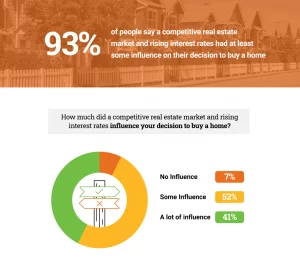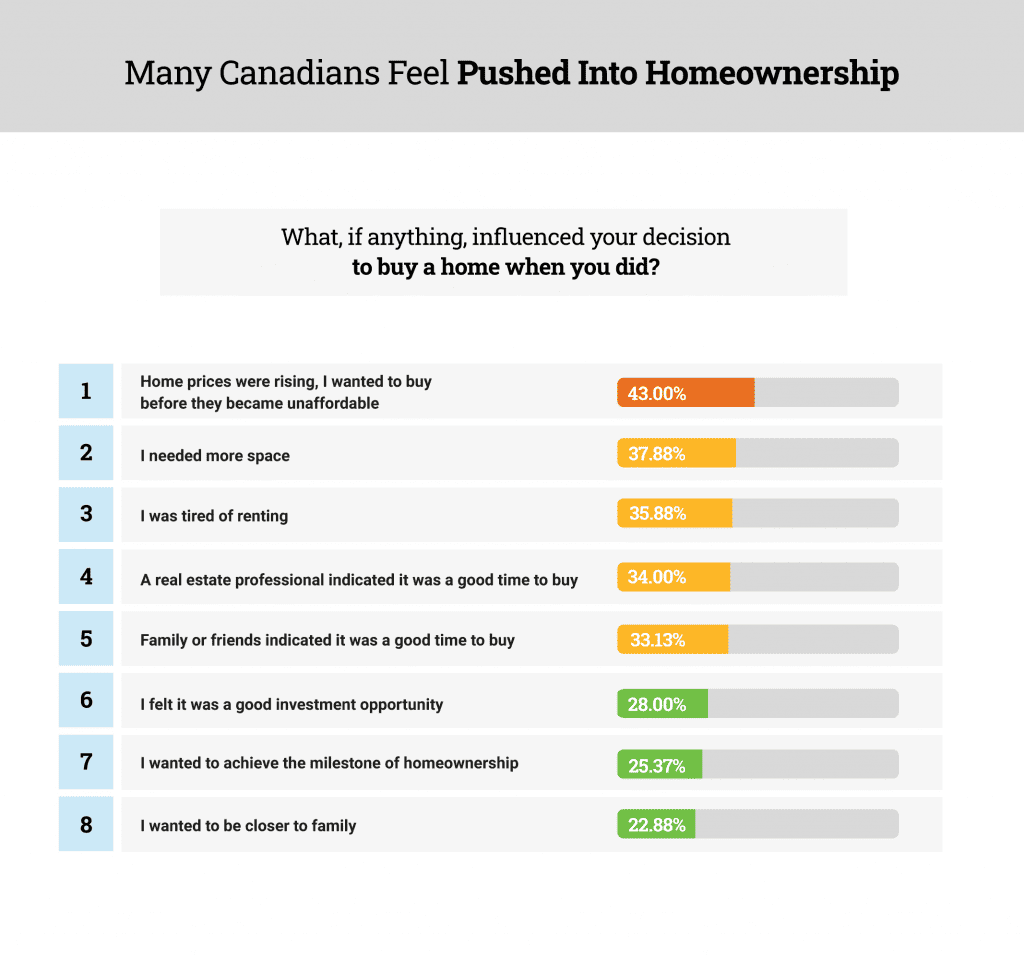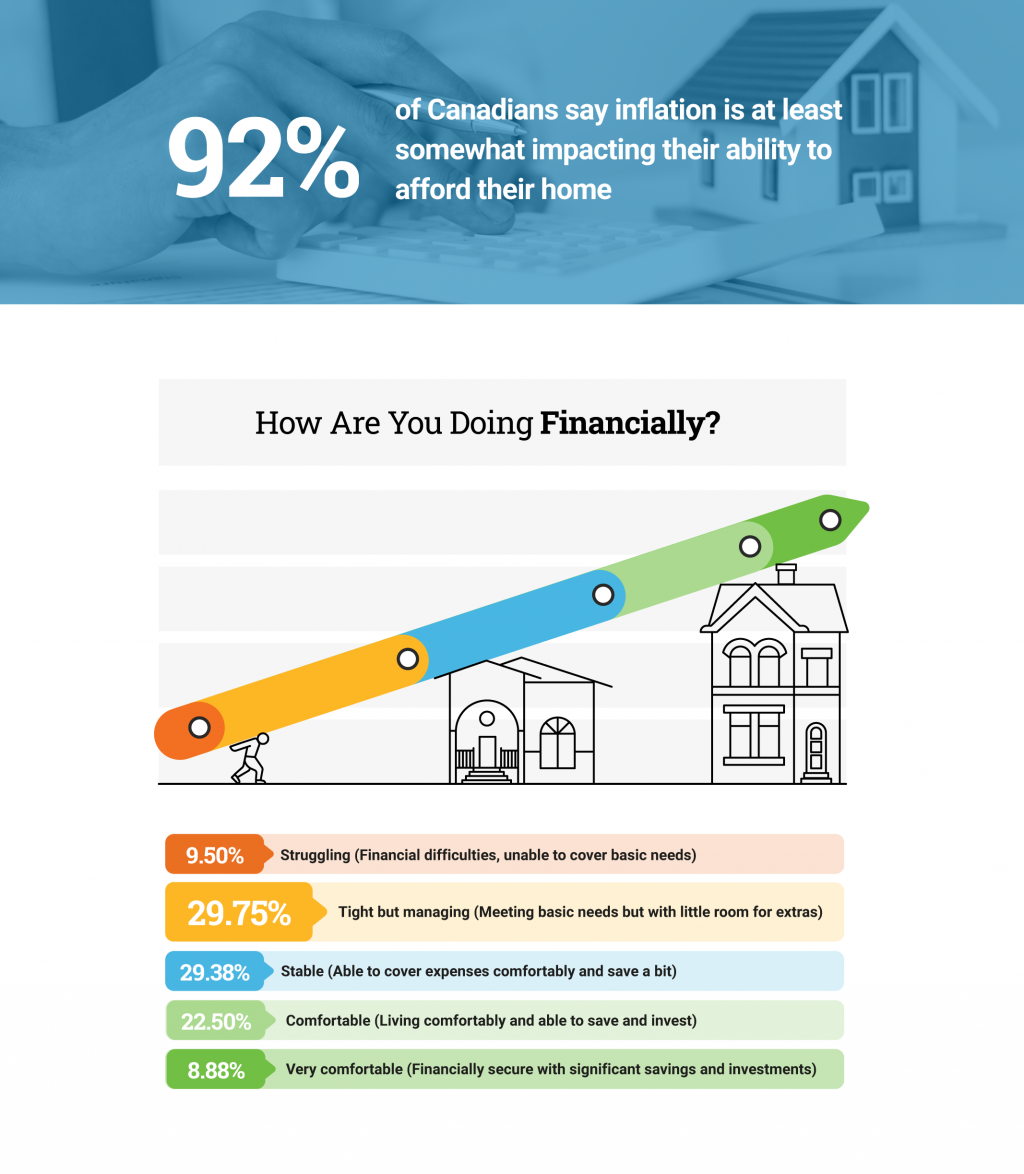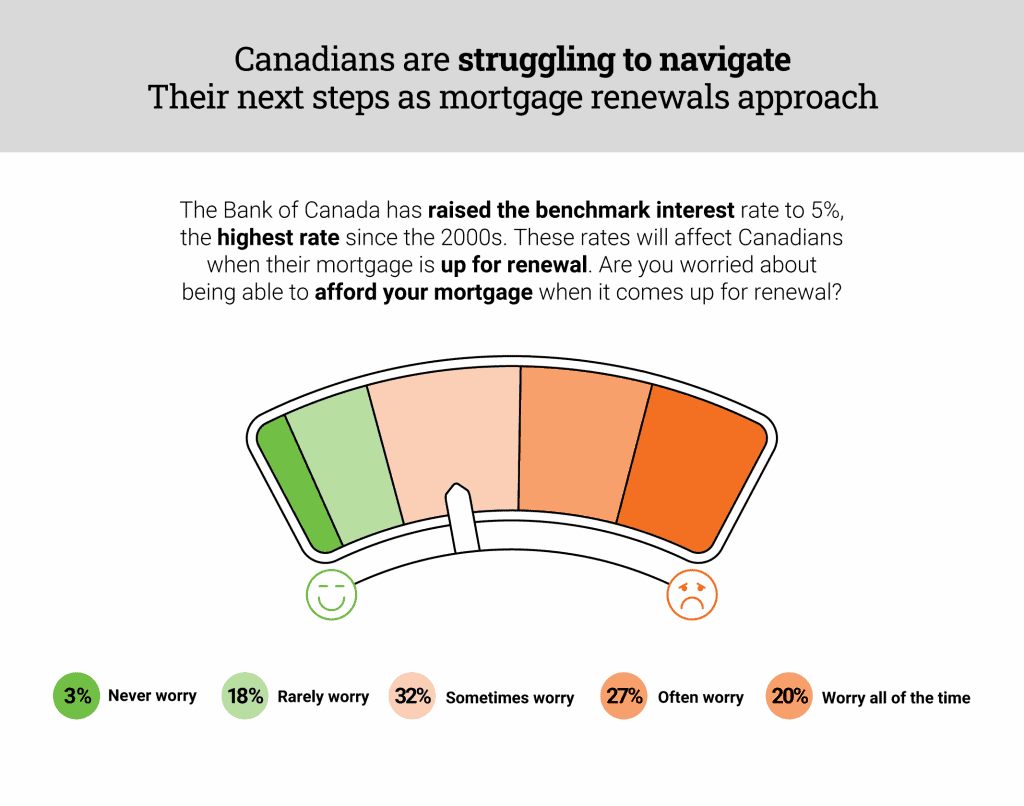Legislation introduced to rein in short-term rentals, deliver more homes for people
Turning short-term rentals into homes for people is at the core of newly introduced legislation to regulate the rapidly expanding short-term rental market.
“Anyone who’s looking for an affordable place to live knows how hard it is, and short-term rentals are making it even more challenging,” said Premier David Eby. “The number of short-term rentals in B.C. has ballooned in recent years, removing thousands of long-term homes from the market. That’s why we’re taking strong action to rein in profit-driven mini-hotel operators, create new enforcement tools and return homes to the people who need them.”
Short-term rental listings on online platforms (which may include, for example, Airbnb, VRBO, Expedia, FlipKey) have expanded rapidly over recent years. Data shows that it continues to surge since the COVID-19 pandemic. B.C.’s short-term rental market is now at an all-time high, diverting thousands of long-term rental homes onto the short-term market. Currently, there are approximately 28,000 daily active short-term rental listings in B.C., an increase of 20% from a year ago. Data indicates that more than 16,000 entire homes are being listed as short-term rentals for the majority of a calendar year.
“The short-term rental market is creating serious challenges in B.C. and around the world,” said Ravi Kahlon, Minister of Housing. “Operators with multiple listings are taking homes off the long-term market to make big profits while people pay the price – it can’t go on like this. The legislation is comprehensive and designed to target areas with high housing needs. It’s strong action and a thoughtful approach to tackle the growing short-term rental challenge and deliver more homes for people.”
The short-term rental market in B.C. is dominated by a small segment of profit-driven operators. Research from McGill University shows the top 10% of hosts earn nearly half of all revenue. Nearly half of all operators have multiple listings. Approximately 30 municipalities, including Vancouver, Victoria and Kelowna, have introduced short-term rental bylaws and licence fees to regulate the short-term rental market. The proposed legislation builds on those bylaws and equips municipalities with more enforcement tools.
The legislation focuses on three key areas:
- increasing fines and strengthening tools for local governments;
- returning more short-term rentals to long-term homes; and
- establishing provincial rules and enforcement.
Changes to how short-term rentals operate will come into effect through a phased-in approach and will include:
- Increasing fines and better tools for local governments:
- increasing fines for operators breaking local rules to support local municipal bylaws, and requiring short-term rental platforms to share data to strengthen local enforcement;
- requiring online short-term rental platforms to share their data with the Province, so the Province can provide that information to local governments for enforcement and support of provincial and federal tax auditing;
- requiring short-term rental platforms to include businesses licence numbers on listings where they are used by a local government, and to remove listings without them quickly to ensure local rules are being followed; and
- giving regional districts the ability to issue business licences so they can more effectively regulate short-term rentals in rural areas.
- Returning more short-term rentals into long-term homes for people:
- requiring short-term rentals in B.C. to be offered only in the principal residence* of a host in municipalities with a population of 10,000 people or more
(*principal residence plus one secondary suite or laneway home/garden suite on the property is allowed); - forthcoming regulations will specify areas exempt from the principal residence requirement, including 14 resort regions, mountain resort areas, municipalities under 10,000 population (except those within 15 kilometres to larger municipalities), and regional district electoral areas; and
- removing legal non-conforming use protections for short-term rentals being taken advantage of by investors to support local governments’ efforts to set rules about where these units can operate in communities.
- requiring short-term rentals in B.C. to be offered only in the principal residence* of a host in municipalities with a population of 10,000 people or more
- Establishing provincial rules and enforcement:
- establishing a provincial host and platform registry by late 2024 for stronger accountability; and
- launching a provincial short-term rental compliance and enforcement unit to make sure rules are being followed.
Updating how short-term rentals are operated and enforced will contribute to thousands of homes being returned to the market over the next few years, while giving smaller communities and communities that are heavily reliant on short-term-rental-related tourism some flexibility. These areas will be able to choose to opt into the principal residence requirements depending on housing pressures in their communities.
Communities on First Nations reserve land will be exempt from the legislation. Modern Treaty Nations will also be exempt from the legislation but will be able to opt into the legislation, if desired.
This proposed legislation will not apply to hotels and motels. Regulations are also being drafted to exempt additional types of properties, for example, timeshares and fishing lodges, which are not intended to be covered under the scope of the legislation.
This legislation is part of the Province’s Homes for People action plan. Announced in spring 2023, the plan builds on historic action to deliver housing since 2017, and sets out further actions to deliver the homes people need faster, while creating more vibrant communities throughout B.C.
Read more here: https://news.gov.bc.ca/releases/2023HOUS0060-001598
Angela Calla is an 19-year award-winning woman of influence which sets her apart from the rest. Alongside her team, Angela passionately assists mortgage holders in acquiring the best possible mortgage. Through her presence on “The Mortgage Show” and through her best-selling book “The Mortgage Code“, Angela educates prospective home buyers by providing vital information on mortgages. In light of this, her success awarded her with the 2020Business Leader of the Year Award.
Angela is a frequent go-to source for media and publishers across the country. For media interviews, speaking inquiries, or personal mortgage assistance, please contact Angela at hello@countoncalla.ca or at 604-802-3983.
Click here to view the latest news on our blog.








